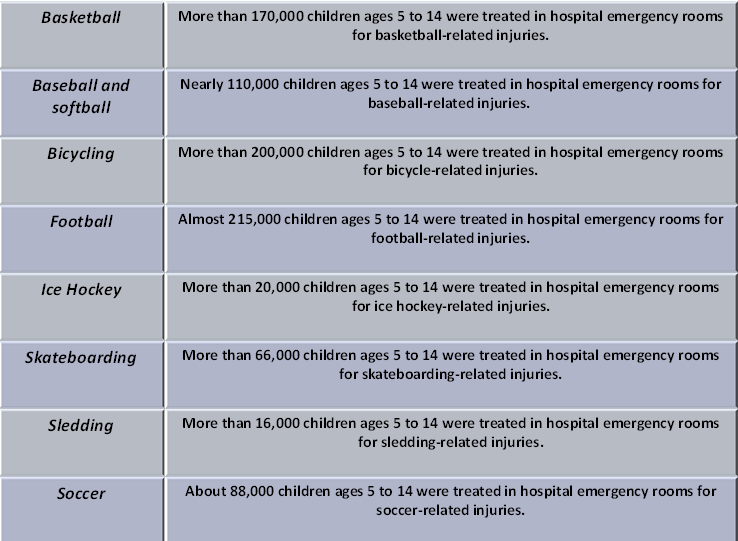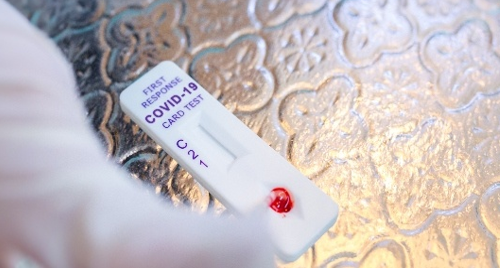Limb Prosthetics Market Seen Soaring 5.6% Growth to Reach USD 2453 Million by 2030, Projects Univdatos Market Insights
- Vikas Kumar
- November 15, 2023
- HEALTHCARE, NEWS
- Limb Prosthetics, Limb Prosthetics Market, Limb Prosthetics Market analysis, Limb Prosthetics Market forecast, Limb Prosthetics Market growth, Limb Prosthetics Market share, Limb Prosthetics Market trends
- 0 Comments
Key Highlights of the Report:
1. Increasing prevalence of limb amputations: The limb prosthetics market is driven by a growing number of limb amputations caused by factors such as accidents, diabetes-related complications, and diseases like vascular disorders and cancer
2. Technological advancements: Advancements in prosthetic materials, robotics, and bioengineering have revolutionized the limb prosthetics market. This has resulted in the development of more realistic and functional prosthetics, enhancing the quality of life for amputees.
3. Rising demand for customized prosthetics: There is a growing demand for custom-designed prosthetics that cater to specific needs and preferences of individual patients. This demand is being met by advancements in 3D printing and computer-aided design (CAD) technologies, enabling the production of personalized prosthetic limbs.
4. Increased government support and funding: Governments across the globe are showing an increased commitment to improving the lives of amputees by providing funding for research and development in the field of limb prosthetics. This support has led to rapid advancements and innovations in the market.
5. Growing adoption of prosthetics for sports and recreational activities: Amputees are increasingly participating in sports and recreational activities, driving the demand for specialized prosthetics that can enhance their performance and mobility in these activities.
According to a new report by Univdatos Market Insights, Limb Prosthetics Market, is expected to reach USD 2453 Million in 2030 by growing at a CAGR of 5.6%. Limb prosthetics refer to artificial devices designed to replace missing or non-functioning limbs. These prosthetic limbs restore some form of mobility and functionality to individuals who have lost limbs due to various reasons like accidents, congenital disabilities, or medical conditions. The concept of limb prosthetics dates back thousands of years, with rudimentary forms of prosthetic limbs being found in ancient Egypt and Rome. However, modern advancements in technology and materials have greatly improved the design and capabilities of limb prosthetics. There are different types of limb prosthetics available based on the level of amputation and the specific needs of the individual. Upper extremity prosthetics are designed for individuals who have lost part or all of their arm, while lower extremity prosthetics are created for those who have lost part or all of their leg. These prosthetic limbs can range from simple cosmetic replacements to highly advanced robotic limbs. A key component of limb prosthetics is the socket, which is the interface between the residual limb and the prosthetic device. The socket should fit securely and comfortably to ensure optimal mobility and minimal discomfort for the user. Customization is vital in achieving this perfect fit, and advancements in 3D printing and computer-aided design have made it easier to create tailor-made sockets.
Access Sample PDF Here- https://univdatos.com/get-a-free-sample-form-php/?product_id=46923
The report suggests that the Rising Sport Injuries & Road Accidents is one of the major factors driving the growth of limb prosthetics market during the forthcoming years. The increasing number of sport injuries and road accidents is fueling the demand for limb prosthetics. With more people participating in sports and engaging in physical activities, the risk of injuries and accidents has also risen. These incidents often result in the loss or impairment of limbs, thereby creating a greater need for prosthetic limbs to restore functionality and mobility. Sport injuries, such as fractures, ligament tears, and dislocations, can have severe consequences that lead to amputations or the need for limb replacements. This has led athletes and sport enthusiasts to seek prosthetic solutions to continue their active lifestyles and regain their independence. The demand for prosthetic limbs is further amplified by the advancements in technology, allowing individuals to engage in sports and recreational activities like never before.
Road accidents also contribute significantly to the rising demand for limb prosthetics. The increasing number of vehicles on the roads, coupled with unsafe driving practices, has led to a surge in accidents resulting in limb loss or severe injuries. These incidents necessitate the use of prosthetic limbs to help accident victims regain their mobility, adapt to their new circumstances, and integrate back into society The growing awareness and accessibility to prosthetic solutions have also played a key role in driving the demand. As the general population becomes more informed about prosthetic options and their benefits, people are increasingly seeking these devices to improve their quality of life after a traumatic event or injury.
Recent Technological Advancements:
Technological advancements in limb prosthetics have significantly improved the lives of individuals with missing limbs by providing them with enhanced mobility and functionality. Here are some key advancements:
1. Myoelectric Technology: Myoelectric prosthetics use sensors placed on the skin to detect the electrical signals generated by the remaining muscles in the residual limb. These signals are then converted into specific movements of the prosthetic limb, allowing for more natural and intuitive control. Advanced algorithms and microprocessors have made myoelectric prosthetics highly responsive and customizable.
2. Bionic Limbs: Bionic prosthetic limbs combine robotics, sensors, and artificial intelligence to mimic the movements and functionality of real limbs more closely. These advanced prostheses can provide a wide range of movements, including individual finger articulation, wrist rotation, and various gripping patterns. Some bionic limbs can even detect different types of surfaces, allowing users to alter their grip strength accordingly.
3. Osseointegration: Traditionally, prosthetic limbs were attached to the residual limb using straps or suction. However, osseointegration involves surgically implanting a metal rod into the residual bone, which then protrudes through the skin. The prosthetic limb is attached directly to this implant, providing a more stable and natural connection. This advancement improves comfort, reduces the risk of skin issues, and allows for a wider range of movement.
4. 3D Printing: 3D printing has revolutionized the manufacturing process of prosthetics. It allows for the creation of custom-fitted, lightweight, and cost-effective prosthetic limbs. The technology also enables the production of complex designs and intricate details, making the prosthetic limbs appear more realistic and aesthetically pleasing.
5. Neural Interfaces: Researchers are exploring the development of neural interfaces that connect prosthetic limbs directly to the user’s nervous system. These interfaces can enable users to control their prosthetic limbs using their own thoughts and receive sensory feedback, creating a more intuitive and lifelike experience.
6. Energy-Recycling Prosthetics: Energy-recycling prosthetics capture and store the energy generated when a user slows down or brakes their prosthetic limb. This stored energy is then used to power the next step, reducing the overall energy consumption. This advancement enhances the efficiency and endurance of prosthetic limbs, allowing users to engage in more physical activities for longer durations.
Conclusion
The vibrating mesh nebulizer is a promising alternative to traditional nebulizers, offering convenience, efficiency, and effectiveness. The growth of the vibrating mesh nebulizer market has the potential to improve access to nebulizers for patients, drive innovation and competition, and increase awareness and understanding of respiratory conditions. As the market continues to evolve, it will be interesting to see how it impacts the respiratory care industry in the years to come. In conclusion, the limb prosthetics market is witnessing steady growth driven by factors such as advances in technology, increasing awareness and acceptance of prosthetic limbs, and rising prevalence of limb loss across the globe. The market is expected to continue growing in the coming years as ongoing research and development activities lead to the introduction of more advanced and functional prosthetic limbs. Furthermore, the increasing focus on personalized and customizable prosthetics and the integration of artificial intelligence and robotics technology in prosthetic solutions are likely to drive market growth even further. However, challenges such as the high cost of prosthetic limbs, lack of reimbursement policies, and limited access to prosthetic services in developing countries may hinder the market growth to some extent. Overall, the limb prosthetics market is poised for significant expansion and offers promising opportunities for companies operating in this space.
Key Offerings of the Report
Market Size, Trends, & Forecast by Revenue | 2023−2030
Market Dynamics – Leading Trends, Growth Drivers, Restraints, and Investment Opportunities
Market Segmentation – A detailed analysis by Type, Component, Technology, and End User
Competitive Landscape – Top Key Vendors and Other Prominent Vendors


